What to consider when storing a car: Tips for classic and historic cars
For most owners of classic vehicles, autumn is a time to say goodbye (at least for a while) to their beloved classic car. To ensure that your classic car survives the storage period well and can be released into the spring, fit and rust-free, we have compiled everything you need to know about storing classic cars and making them winterproof. This article is intended as a clear step-by-step guide so that you don't forget anything important!

Author: Jean Göbbels
Position: Sales
Updated: 31.05.2021
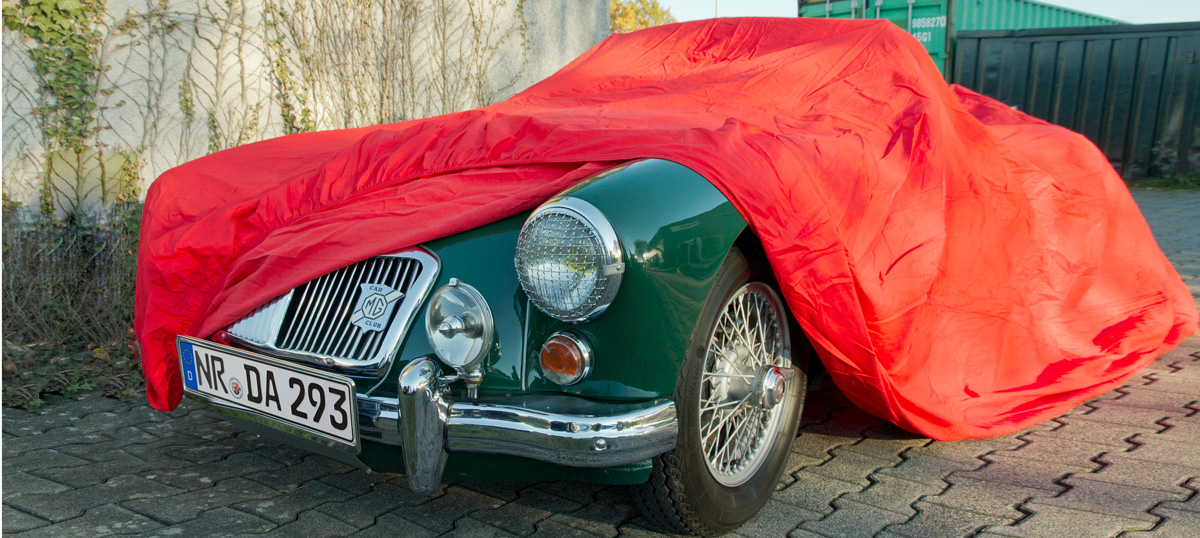
Storing classic cars correctly: This is how it works
Classic vehicles are fair-weather vehicles that should be protected from dust, dirt and salt. When storing your car in autumn, you will therefore have to do a lot of work every year. However, if you do it carefully and mindfully, you can look forward year after year to a well-preserved classic car that is ready to be driven again.
Here we explain what you need to when storing your car and which utensils might be useful. Finally, we also talk about the costs of mothballing a classic car.
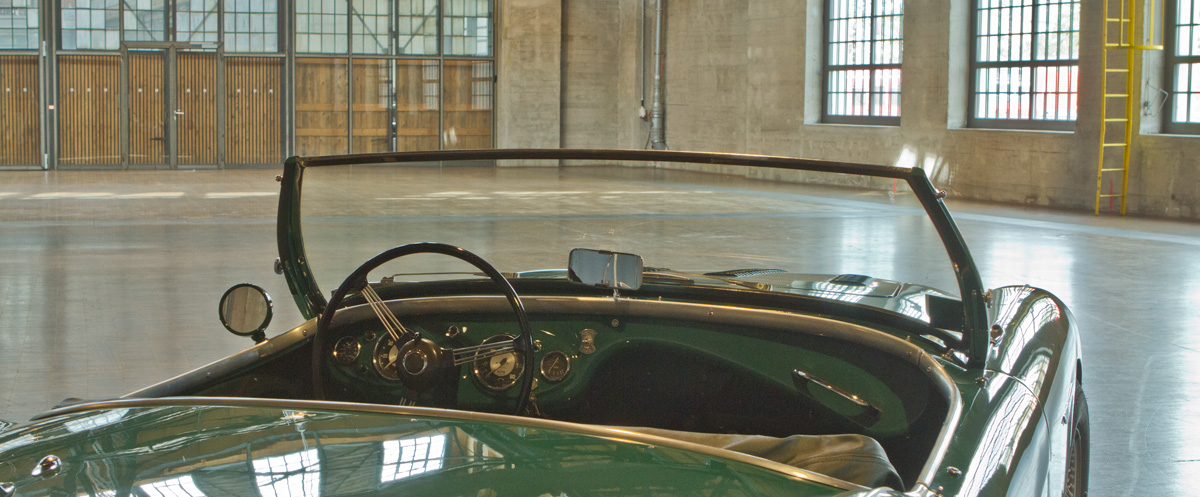
1. Choose the right quarters for storage
The place where your vehicle is stored is the linchpin of car storage. Depending on the conditions to which your vehicle is exposed, rust and mould can spread, rodents can easily destroy cables and interior fittings, or unauthorised persons can do far worse to your classic car. Your vehicle will feel safest in a dry and well-ventilated garage that is well secured. You can also optimise poor parking spaces:
Install a dehumidifier in cold and poorly ventilated garages. Otherwise rust and mould can form.
If there is access to the outside or if there is a known infestation, set up rodent traps.
Install the marten guard in the garage.
Invest in a good indoor car cover. This offers perfect protection against dust, scratches and dirt.
Invest in positioning jacks so that you can also move the vehicle in small garages. A thick foam strip on the wall prevents damage to the paintwork!
Remember to use tyre couches. This avoids the formation of a surface in the tread without tedious moving.
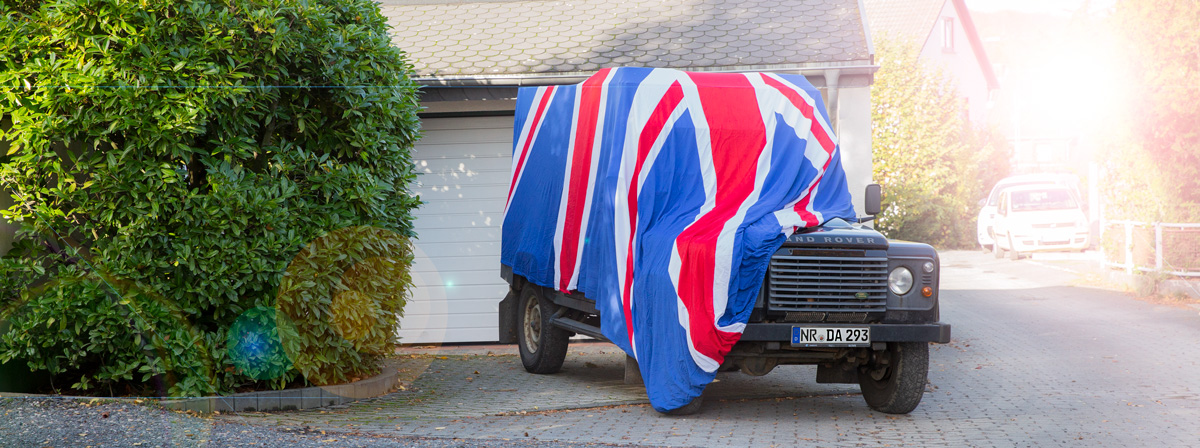
A dry room is important for wintering your classic car. The following principle applies: the bigger, the better. Ideally, the room should be heated.
2. Wash your vehicle thoroughly inside and out!
Before storing your classic car, you should definitely take it to a car wash where there is also the F. This is the only way to clean not only the bodywork but also the underbody and give the engine a thorough wash. This is always recommended before putting a car into storage.
There is certainly dust and soot on the rims and this aggressive dirt should also be thoroughly removed before storing. You can do this by hand to get into all the corners. Afterwards, it is advisable to apply car wax. This will protect the paintwork optimally.
For convertibles, do not forget to remove stains from the top with a suitable cleaner and then impregnate it. Scratches in convertible windows should also be treated with plastic polish.
It is also advisable to thoroughly clean the interior of the vehicle before the winter break. Clean the dashboards and steering wheel, as well as all other surfaces in the car. Then thoroughly clean out the seats, the gaps between the door and the seat, the air vents, the floor space and the boot of your car.
Then clean the belts and (leather) seats, treat the leather with a high-quality care product and impregnate it. Clean all the windows from the inside. Finally, take all the mats out of the car and put an additional desiccant in the driver's and luggage compartments. This way you can be sure that moisture, mould and mildew won't have a chance to spread. When your classic shines and glows again, it's time for its last drive!
3. Warm up the engine again
The last extensive drive with your vehicle can be a little more racy. This allows the vehicle to dry out properly after washing. It also brings the engine up to operating temperature and lubricates it before it goes into hibernation. In addition, possible condensation in the exhaust can evaporate well by driving around before storage.
If available, please also rev up the heating and air conditioning again so that any moisture inside the systems can evaporate. In addition, you will want to say a proper farewell and enjoy the golden autumn days on beautiful trips.
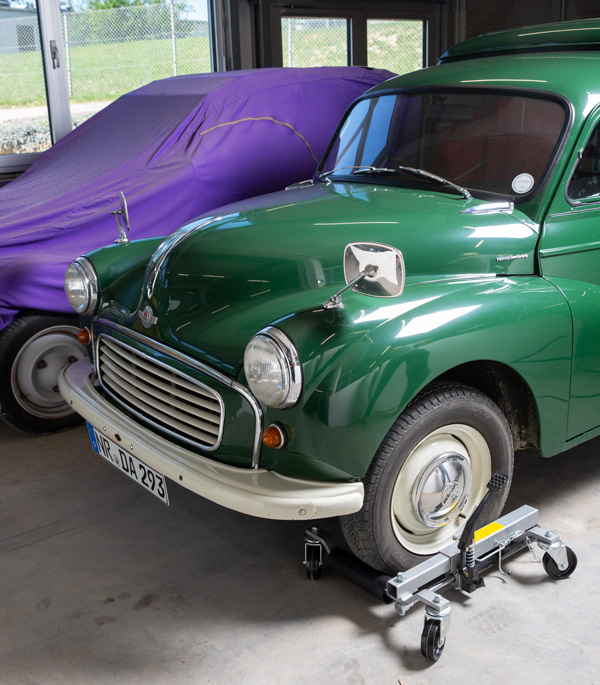
4. The last official acts in freedom
Before you drive to your parking space, there are a few things to do. First, you should go to the petrol station and fill up your classic car so that no condensation can collect in the tank. It is also a good idea to add a chemical additive such as Bactofin to the fuel. The petrol stabiliser protects the tank from rusting inside.
Then you should increase the air pressure in your tyres by about one bar, so that you optimally protect the tyres from going flat. You should also check the tyres for any damage at the same time!
Then fill the windscreen wiper system with antifreeze and operate it a few times. This will ensure that the antifreeze reaches the nozzles. You should also have the oil changed, as this is the only way to protect the engine from rust. The remaining work to preserve the car before winter can also be done at the parking space.
5. Change the oil
Without exaggeration, engine oil is the elixir that keeps your engine moving. Before you send your darling into the winter break, you should change the oil. With the right garage and the necessary know-how, you can do this yourself, but when you do it is set in stone! That's why you should definitely do an oil change now in autumn and not in spring…:
- Old engine oil contains many acidic, highly hygroscopic combustion residues.
- The so-called tank breathing transports moisture not only into the tank, but also into the engine.
- With longer standing times, the protective oil film tears off and the bare metal is exposed to the aggressive environment.
6. Protect painted surfaces and rubber seals!
Optimal protection for aluminium, chrome and stainless steel as well as copper and painted surfaces should also be applied wherever it is needed. This should be UV-resistant, water-repellent and non-sticky after it has cured.
All rubber seals should also be protected before the classic car is put into storage. With a glycerine stick or silicone spray, rubber seals on doors and windows can be well protected from cracks and brittle spots. Because if you are unlucky, the door rubber will stick to the bodywork when you open the door again after half a year. Very expensive damage is the result. Don't forget to treat the rubber lips of your windscreen wipers!
7. Remove or disconnect the battery
Winterising the battery is the last thing you need to think about when you put your car into storage. The best way to do this is to remove the battery and remove it from the vehicle. Check the acid level, top up any low levels with distilled water if necessary and then store the battery in a dry place.
As a professional tip, we at Limora recommend a battery master switch that effectively counteracts battery discharge, fire hazard and short-circuit risk. In addition, it is an effective protection against theft.
If, for whatever reason, the battery is to remain in the vehicle, then you should definitely disconnect it. In any case, it is important that the battery is charged again before it is stored or disconnected. During storage, the battery can be completely discharged, which can cause serious damage.
Storing a classic car: the costs
Unfortunately, it has to be said that this topic depends on various factors. The costs of storing a classic car are determined by the following circumstances:
Where is your parking space for the winter?
Here, your place of residence and your requirements for the parking space determine the price. In the city, you will certainly have to pay higher rents than in the countryside. In addition, if the garage is damp or a barn is used where various rodents also live, then you will need several aids for storage and the costs will be higher.
What is your parking space like?
If your parking space is dry, heated and rodent-free, then you will have to invest less money in aids.
Which tools do you not want to do without?
Positioning aids and car covers do not have to be present at every parking space. Nor does every classic car need a battery master switch during its winter break. However, these products make life much easier for you and ultimately mean less work and care for your vehicle.
Basically it can be said that no savings should be made on professional classic car storage. After all, rust removal in the spring, damaged cables or mould in the interior are costly consequences that come with poor storage! If, on the other hand, you store your vehicle conscientiously, you will even save money in the end!
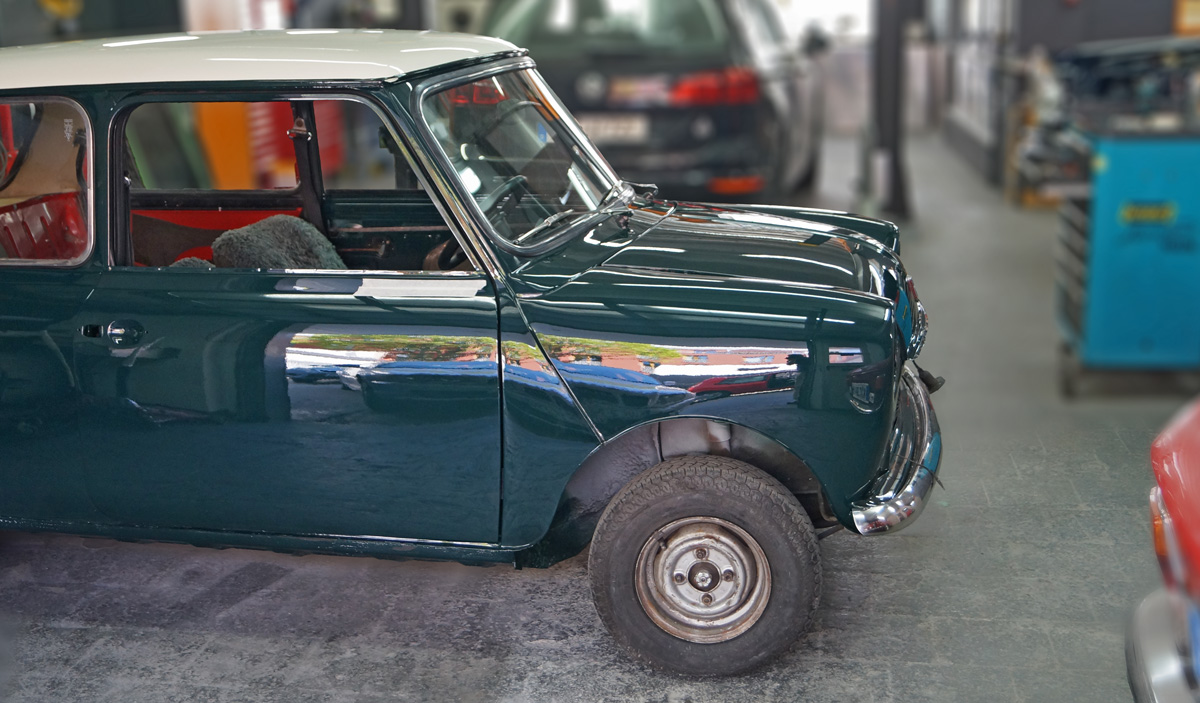
Mini with topcoat without add-on parts, in British Racing Green with contrasting Old English White roof.
Conclusion: Storing classic cars correctly
Many vehicle owners do not want to subject their cars to salt and snow in winter, others only have a seasonal licence plate for their classic vehicle, and still others want to keep the value of their classic and youngtimers stable by driving them infrequently. And then there are all those vehicle owners who simply do not have the time to use their classic vehicle and therefore opt for classic car storage. The fact is that there are various reasons why a vehicle is not driven in winter.
Much more important than the "why" is the "how". Because a classic vehicle needs to be stored properly. That's why it's important to make sure that all of the above steps are taken when storing a classic car. It is particularly important that the garage in which your vehicle spends the winter is dry and well ventilated. This way you can also safely wrap yourself up and wait for the time when you can wake up your collector's car again.
FAQ
Fill up the tank of a classic car before putting it into storage or not?
If you are winterising your classic car, you should fill up the tank again before putting the car into storage. This is important because otherwise condensation can collect in the tank, which in turn can lead to rust and corrosion in the tank.
Oil change before or after winter?
Before you put your vehicle into storage, it is at least advisable to change the oil. Condensation and aggressive substances stored in the oil can cause corrosion damage to the engine. Alternatively, you can also use storage oil, which, however, can only show its special qualities when the machine has been in storage for many years.